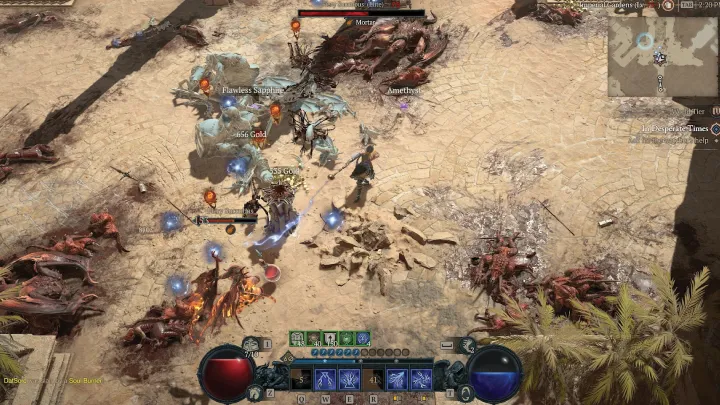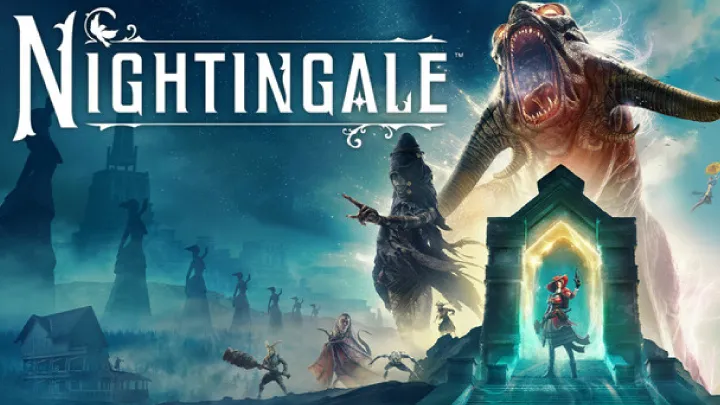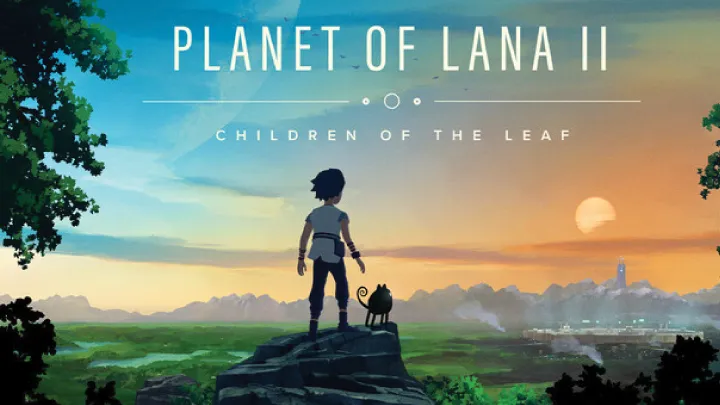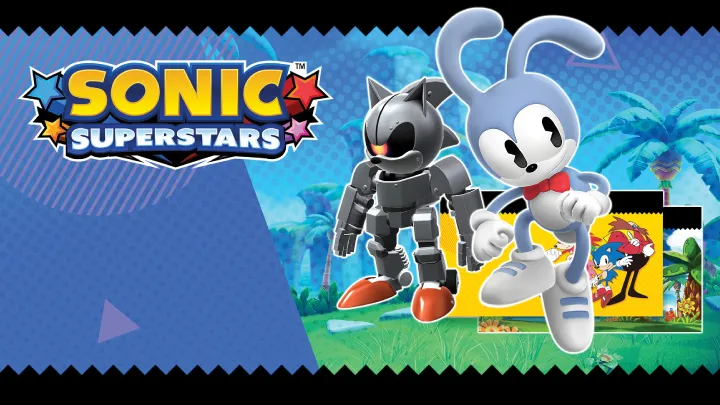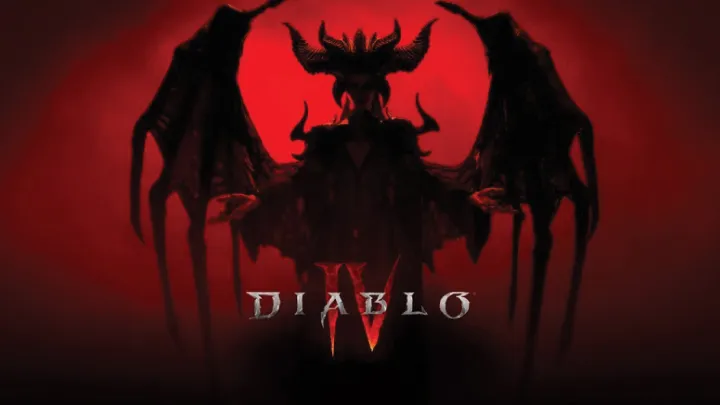
Diablo IV has captured the gaming world’s attention with its immersive environment, rich lore, and complex character builds. However, one of the most pressing issues affecting the long-term player experience is the design of its endgame content. This framework not only determines the longevity of player engagement but also raises questions about reward systems, accessibility, and challenge balance. This article delves deep into the intricacies of Diablo IV's endgame, examining the strengths and weaknesses, its impact on player satisfaction, and the potential paths for improvement.
The Context of Endgame Design
To understand the challenges faced in Diablo IV’s endgame, it’s essential to contextualize the framework developed by prior installments in the Diablo series.
Historical Perspective: Endgame in Previous Titles
The previous titles in the Diablo franchise have set a high bar for endgame content, each introducing unique systems that kept players engaged long after the initial campaign.
- Diablo III’s Greater Rifts
- Diablo III introduced Greater Rifts, which offered endless scaling difficulty and loot rewards based on player performance. This system effectively incentivized competitive play and created a robust endgame community.
- Balancing Act
- While successful, Diablo III faced criticism over its “loot treadmill,” where the relentless pursuit of gear often overshadowed other forms of gameplay. Many players felt that the endgame became too centered on gear optimization rather than diverse gameplay experiences.
Setting the Stage for Diablo IV
Diablo IV aims to create a meaningful evolution from its predecessor’s endgame, balancing rewarding content with varied gameplay mechanics.
- Open World Structure
- The move to an open-world structure introduces new possibilities for dynamic encounters, environmental storytelling, and player exploration. Integrating this design into endgame content necessitates thoughtful execution to meet player expectations.
- Narrative and Community
- Diablo IV's commitment to narrative depth and community interactions also impacts how endgame content is perceived. The ongoing story elements are critical, as players wish to engage with the lore while pursuing challenges.
Understanding Endgame Mechanics
The endgame mechanics in Diablo IV are defined by a combination of tasks, events, and systems designed to provide players with challenges and rewards.
World Events: A Collaborative Experience
World Events in Diablo IV are designed as large-scale encounters that players can engage in collaboratively.
- Event Design
- These events aim to encourage spontaneous group play with short-term goals. Players must defend a location, defeat powerful demons, or gather special items, allowing for dynamic interactions and community building.
- Incentives for Participation
- Rewards for participation can vary, providing players with loot and experience gains, yet some critiques have arisen regarding the actual incentive structures, especially when compared to the time invested.
Nightmare Dungeons: Scaling Difficulty
Nightmare Dungeons offer a more traditional dungeon-crawling experience with a twist, allowing players to tackle procedurally generated challenges.
- Adjustment of Difficulty
- Players can activate Nightmare Dungeons for increased difficulty, fully leveraging their build potential and gear. The scaling aspects of these dungeons allow for individual variance in challenge, which is critical for player satisfaction.
- Balance in Design
- While many find the concept exciting, others argue that the process to activate these dungeons sometimes lacks clear guidance or feels overly punishing, especially for solo players.
Players' Perception of Reward Systems
One of the most significant factors influencing the endgame experience is the reward systems that developers implement.
The Loot System: Rewards vs. Effort
The loot system is a core aspect of any ARPG, but Diablo IV's approach invites scrutiny regarding player engagement.
- Understanding Drops
- In Diablo IV, loot drops are affected by various factors, including dungeon performance, character level, and world events. The game attempts to reward players based on the effort exerted in these activities.
- Contention Among Players
- However, players have raised concerns about the perceived drollness of loot drops. Many feel that the effort-to-reward ratio isn’t always satisfactory, leading to frustration during extensive farming sessions.
The Currency System
With the introduction of gold and other currency types in Diablo IV, players have more avenues to acquire specific rewards, but this system also has its pitfalls.
- Investment vs. Reward
- Some players have voiced dissatisfaction with the currency investment required to obtain desired gear. High costs associated with crafting, enchanting, or purchasing can lead to feelings of stagnation.
- Balancing Accessibility
- While monetized systems can add depth, the challenge lies in ensuring that the average player feels equally capable of achieving rewards compared to those investing more time. Balancing these systems is key to preventing disenfranchisement.
The Accessibility Challenge
Accessibility within endgame content also determines its success in retaining players, particularly with varying skill levels across the player base.
Encouraging Diverse Playstyles
An essential aspect of Diablo IV’s endgame mechanics is promoting various playstyles and character builds.
- Freedom of Build Customization
- Players have the freedom to create unique builds that suit their preferred gameplay style, whether focusing on melee combat, spellcasting, or support roles. The diversity in builds adds to the variety of endgame content.
- Barrier to Entry
- However, the freedom to explore different builds is often shadowed by the difficulty of mastering complex mechanics. New players or those unfamiliar with ARPG conventions may find themselves struggling to engage with the endgame without guidance.
Solo vs. Group Play
The balance between solo and group content presents another accessibility challenge within the endgame experience.
- The Solo Experience
- While many players enjoy the ability to tackle challenges alone, others have noted that some endgame activities become overwhelmingly difficult when approached solo, particularly in high-difficulty Nightmare Dungeons.
- Encouraging Team Dynamics
- The game emphasizes cooperative play, but this design may alienate solo players. Striking a balance between rewarding group play and respecting those who prefer individual experiences is critical for player retention.
Community Engagement and Feedback
The feedback loop between the community and developers plays a significant role in refining and enhancing the Diablo IV endgame experience.
The Role of Player Feedback
Player feedback is ever-important for understanding how endgame mechanics resonate with the community.
- Community Forums and Feedback Threads
- Blizzard has established platforms where players can voice their concerns about the endgame experience, from rewards to accessibility issues. Engaging in these discussions allows the developers to adapt content to better align with player expectations.
- Balancing Act of Responsiveness
- However, a challenge remains in the responsiveness of these systems. Timely adjustments to gameplay balance, bug fixes, and quality-of-life improvements can hugely impact player satisfaction.
Building a Culture of Engagement
Encouraging ongoing dialogue fosters a sense of community and ownership over the game.
- Community Events and Competitions
- Hosting in-game events that celebrate achievements or community milestones enhances player investment. Additionally, competitions encourage players to explore various aspects of the endgame.
- Transparency From Developers
- Regular communication regarding updates, patches, and upcoming features is crucial for maintaining community trust. Developers must be transparent about their vision and responsive to community insights.
The Future of Endgame Content in Diablo IV
As players continue to engage with Diablo IV, questions arise about where the game is headed regarding endgame content.
Potential Directions for Improvement
Finding pathways for improvement is essential to sustaining a vibrant endgame ecosystem.
- Expanding Endgame Activities
- Adding new activities such as seasonal events, new dungeons, or rotating challenges could offer fresh experiences for players and facilitate continuous engagement.
- Refining Reward Systems
- Improvements to the loot and currency systems can alleviate frustrations felt by players, ultimately making endgame content more rewarding. Aspects such as increased drop rates or expanded crafting options could be beneficial.
Fostering Longevity
Building an enduring ecosystem where players remain invested requires constant adaptation.
- Focus on Story Integration
- Future updates can merge new lore elements with existing endgame content to keep the world of Sanctuary feeling alive. Integrating the narrative may give players more reasons to explore.
- Community Driven Development
- Ensuring that player voices are heard and that feedback influences the game’s direction can ultimately contribute to a more robust endgame experience.
Conclusion: Balancing the Scale in Diablo IV's Endgame
Diablo IV presents a rich tapestry of endgame content, full of potential yet fraught with challenges that require attention for sustained player engagement. The focus on rewarding diverse playstyles, fostering community dialogue, and ensuring accessibility are critical components that will determine the longevity of the endgame experience. As developers and players collaborate to refine these systems, Diablo IV could elevate the standard for endgame content in ARPGs, building a community committed to both challenges and shared experiences.
